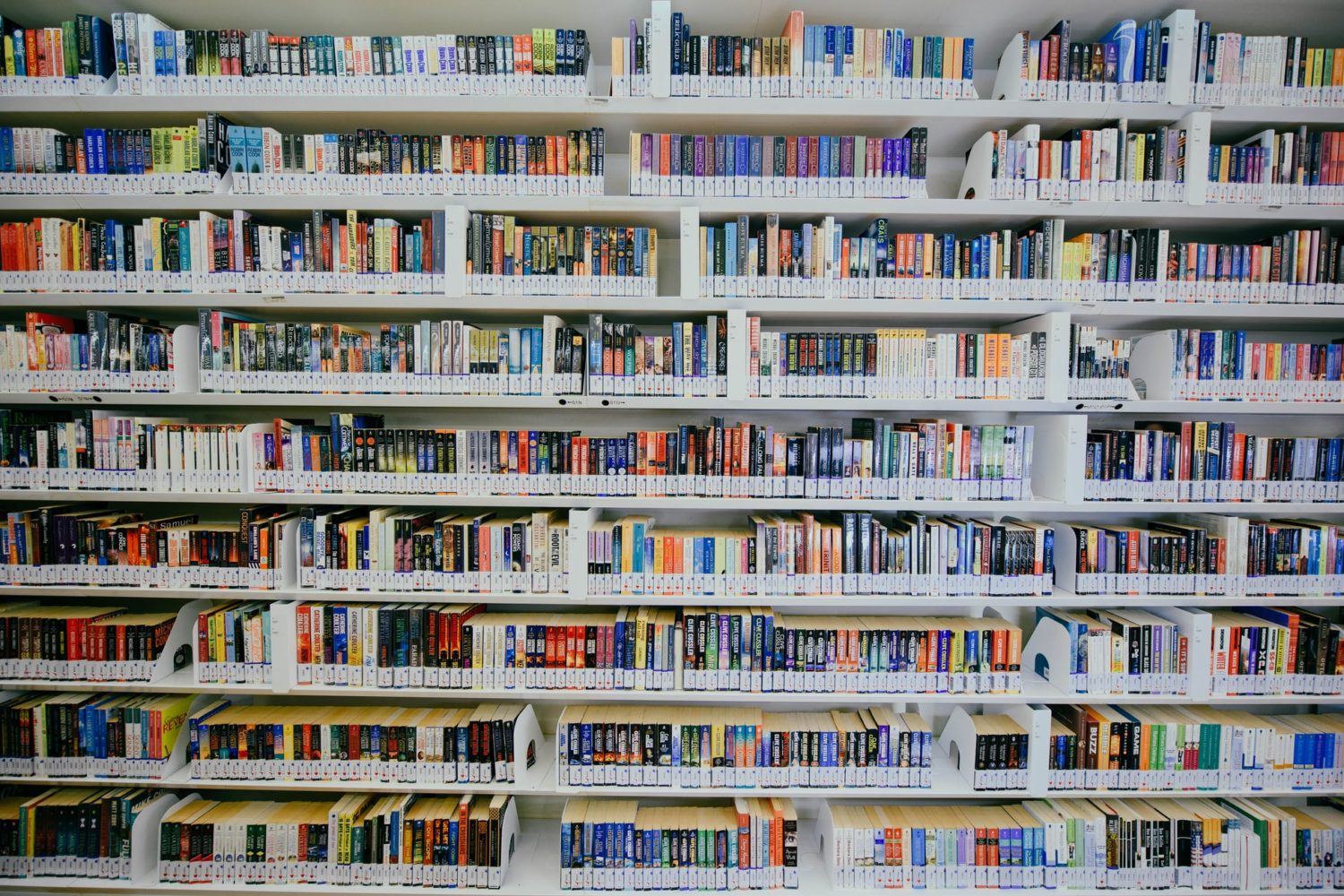Background
After graduating with my teaching degree, I wanted to travel. From Sydney, I journeyed to Chafford Hundred Campus (now Harris Academy) in Thurrock, England, where I started working as a teacher. It was here that my passion for effective use of technology to assist in learning and teaching was first ignited: CHC was one of the first 1:1 laptop schools in England, and I was inspired to find ways to make better use of those technologies to meet the 21st century competences that were at the heart of the school’s pedagogy. As part of this I became a Fellow of the Royal Society for Arts, Manufactures and Commerce. I returned to Australia after five years in England, and started working in Western Sydney, at a school that had an interdisciplinary curriculum. Here, I used the laptops to engage in things like digital storytelling and movie making, which led to me becoming an Apple Distinguished Educator and a Google Certified Teacher. The power of technology stimulated an interest in active citizenship, which became the focus of my thesis at UTS. While working in the tertiary sector, the combination of technology and learning design led to me undertaking some work as a learning designer, developing course materials for academics in faculties like Arts and Social Sicences and Law. I also developed a course in student leadership for UTS: Shopfront, part of the social justice centre. Currently, I am working as a lecturer in Arts and Social Sciences, developing a new Graduate Certificate in Learning Design and coordinating some subjects in the Initial Teacher Education Program. This is a brief video introducing one of the subjects in my course:
Approach to teaching and learning
I see myself very much as a critical pedagogue, in the spirit of Freire (1996) and Giroux (1984). I think education, regardless of the level, should be the practice of freedom, rather than a tool for indoctrination. Student agency is central to my practice, and I think that the effective use of technology can provide educators and students with new ways to engage in meaningful and authentic learning – and at a level that was inconceivable previously. However, such education requires careful consideration and planning; it’s not something that automatically happens with the addition of iPad, for example. These ideas were present in my thesis, (2018) which focused on citizenship education, student voice and film-making via mobile technologies in the context of an Australian secondary school.
This is a brief video made on Adobe Spark about my approaches to teaching and learning.
https://spark.adobe.com/video/8xqiaFRcpk9jH/embed
My understanding and approach to teaching and learning was further developed through my engagement with professional associations like ASCILITE and AECT. As I began to work more in the adult and higher education spaces, I focused much of my attention on the notion of learning design, and how educators can orchestrate learning experiences that were effective, meaningful and sustainable, and especially how technology might aid in this process. Some of my thoughts on these approaches are presented here. I have written about using Google Classroom effectively (Heggart & Yoo, 2018) and also how social media might shape learning (Heggart, 2021).
In higher education, I have become closely interested in the development of online and blended courses in particular, and learning design more generally (such as described by Dalziel, 2015) . In particular, Wiley’s work on open educational resources seems to fit well with the notion of education as empowerment (see, for example, Caswell et al, 2008), and also Laurillard’s (2013) work on blended learning design. These have influenced my own work as learning designer (Heggart, in press).
Why CMALT?
Throughout my career (so far) I have been passionate about the way that technology can both make teachers more effective and efficient and improve the student learning outcomes. I am also deeply interested in the way that the use of such technologies can change our understanding of pedagogy and the way we use curriculum. I am seeking CMALT certification because I would like my work in this area to be recognised, and the certification is a well-recognised credential to do that.
References:
Caswell, T., Henson, S., Jensen, M., & Wiley, D. (2008). Open content and open educational resources: Enabling universal education. The International Review of Research in Open and Distributed Learning, 9(1).
Dalziel, J. (Ed.). (2015). Learning design: Conceptualizing a framework for teaching and learning online. Routledge.
Freire, P. (1996). Pedagogy of the oppressed (revised). New York: Continuum.
Giroux, H. A. (1984). On critical pedagogy. Bloomsbury Publishing.
Heggart, K. R., & Yoo, J. (2018). Getting the most from Google Classroom: A pedagogical framework for tertiary educators. Australian Journal of Teacher Education, 43(3), 9.
Heggart, K. (2021). Activist Citizenship Education. Springer.
Laurillard, D. (2013). Teaching as a design science: Building pedagogical patterns for learning and technology. Routledge.

An interesting read @keithheggart everyone’s journey into academia is unique and different. One suggestion – for formatting your CMALT ePortfolio – use a formal referencing style for referencing sources or supporting literature just like in a journal article – e.g. use APA style in text and provide a reference list at the end of each Post or section of your ePortfolio.
Thanks Thom. Will do.
hi Keith 🙂
I very much enjoyed your slide show using Adobe Spark. So simple, clear and fun with a message that was easy to understand and take on board. bravo!
Thank you, Clare!